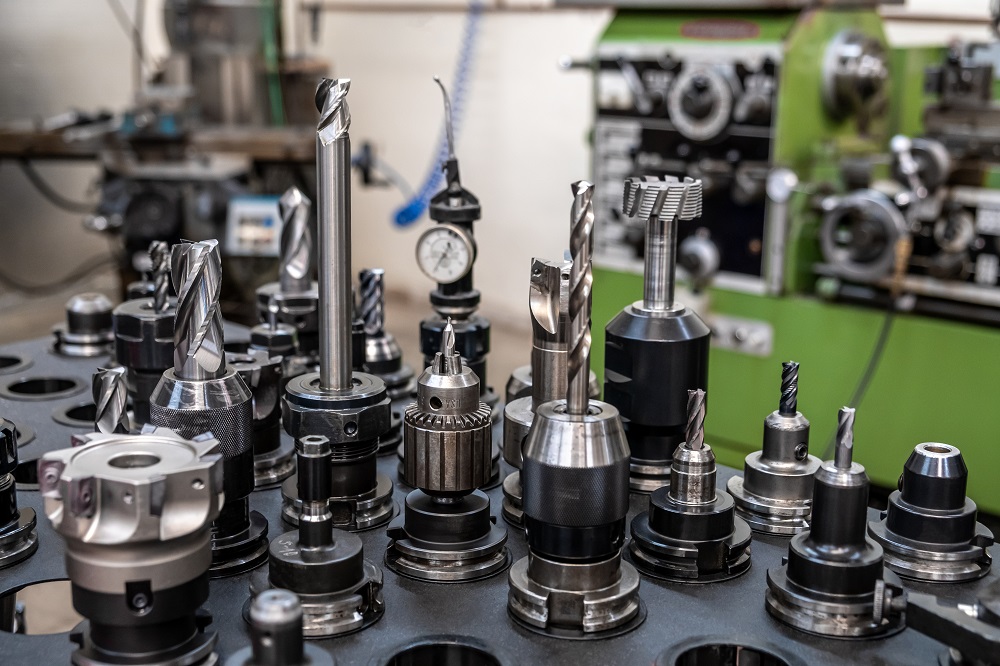Demand for the manufacturing industry has been in flux for the past year, with COVID-19 temporarily shuttering operations and reducing overall production. A study published by Science Daily in September 2020 found that only 56 percent of manufacturers were operating at full capacity during the pandemic. Now, even as restrictions begin to lift in parts of the world, ongoing supply chain disruption continues to impact the industry.
Almost half of all manufacturers had or will have some period of downtime until the world fully returns to normal. Shop managers can make the most of this by taking stock of their procedures, spending, and workflow. Though cutting fluid tends to make up less than one percent of every operating budget, when it’s not properly selected or managed, it can drive up costs in every other area, including tools, labor, and machinery.
Taking the opportunity to course-correct can lead to massive savings later on. Here are five ways to optimize cutting fluid at your job shop during downtime:
Test Concentration Levels
Regularly checking your cutting fluid concentration with a refractometer is the best way to prevent waste or improve part quality. If you’re using a higher concentration than recommended by your supplier, you’re wasting valuable fluid and driving up operating costs. If you’re using less coolant than recommended, it can lower finish quality on parts and increase production costs with additional reworking. Cutting tools may also wear out more quickly if they’re not well lubricated and cooled during operation — a significant expense. Poor concentration control can cause wear and tear on the machines, as well as corrosion issues.
Measure and maintain your fluid concentration levels on a regular basis to ensure concentration level is optimal. If you’re not doing so already, keep detailed logs of test results so you can better predict how often you’ll need to recharge sumps.
Assess Overall Coolant Consumption
Beyond improper concentration, coolant consumption is affected by other factors like cleanliness, bacteria growth, and the quality of the coolant. Sumps are constantly inundated with dirt, tramp oil, metal chips, and other contaminants picked up during normal machine operation. Allowing this build-up will reduce lubricity, causing corrosion and poor tool life.. Dirty coolant is also a breeding ground for bacteria that causes odor, ruining cutting fluid.
Using low-quality coolant, chosen primarily for their affordability, will result in higher carry off and generate more foam, forcing machine operators and maintenance personnel to deal with unnecessary issues. Take a look at any records you’ve kept about fluid purchases and sump replacements so you can get a better idea of how much coolant you’re using on a regular basis. This will help you make decisions about how to control it.
Review Your Coolant Management Protocols
Every moment a machine is running, contaminants make their way into the sump. If coolant isn’t clean and properly maintained, it will grow bacteria, cause excess fluid usage, and diminish part quality.
At the minimum, this will drive up coolant spending. However, it’s also likely to impact tool life, part finish, and even labor efficiency. During downtime, take the opportunity to retrain staff on how to properly clean sumps and maintain coolant. This is one of the most effective ways to control costs and set your job shop up to achieve bigger goals once manufacturing demand picks up again.
Invest in Tramp Oil Removal, Fluid Recycling, and Sump Cleaning
If your current coolant maintenance protocols aren’t meeting your expectations, it might be time to invest in more heavy-duty equipment.
Master Fluid Solutions released fluid management equipment back in 1971 — this type of maintenance equipment has remained the industry standard ever since. Now, Master Fluid Solutions’ XYBEX fluid management equipment has expanded to include recycling systems, sump suckers, centrifuges, coalescers, and a number of filters — solutions to fit operations of every size and complexity.
Try Premium Cutting Fluids
Production downtime is a great opportunity to test higher-grade cutting fluids. Master Fluid Solutions can charge a single sump for free with your choice of high-quality TRIM® cutting fluids, allowing you to compare throughput, part quality, and other KPIs right alongside your existing product. With lower carry off and natural resistance to tramp oil and bacteria, some customers have found switching to TRIM cuts their coolant consumption by 50 percent.
Making the most of your job shop’s downtime will set your operation up for explosive growth in the future. For help improving coolant maintenance or testing out a new product, schedule a comprehensive site visit with an MFS rep. Call +1 800-537-3365 or email us at info@masterfluids.com to get started.

